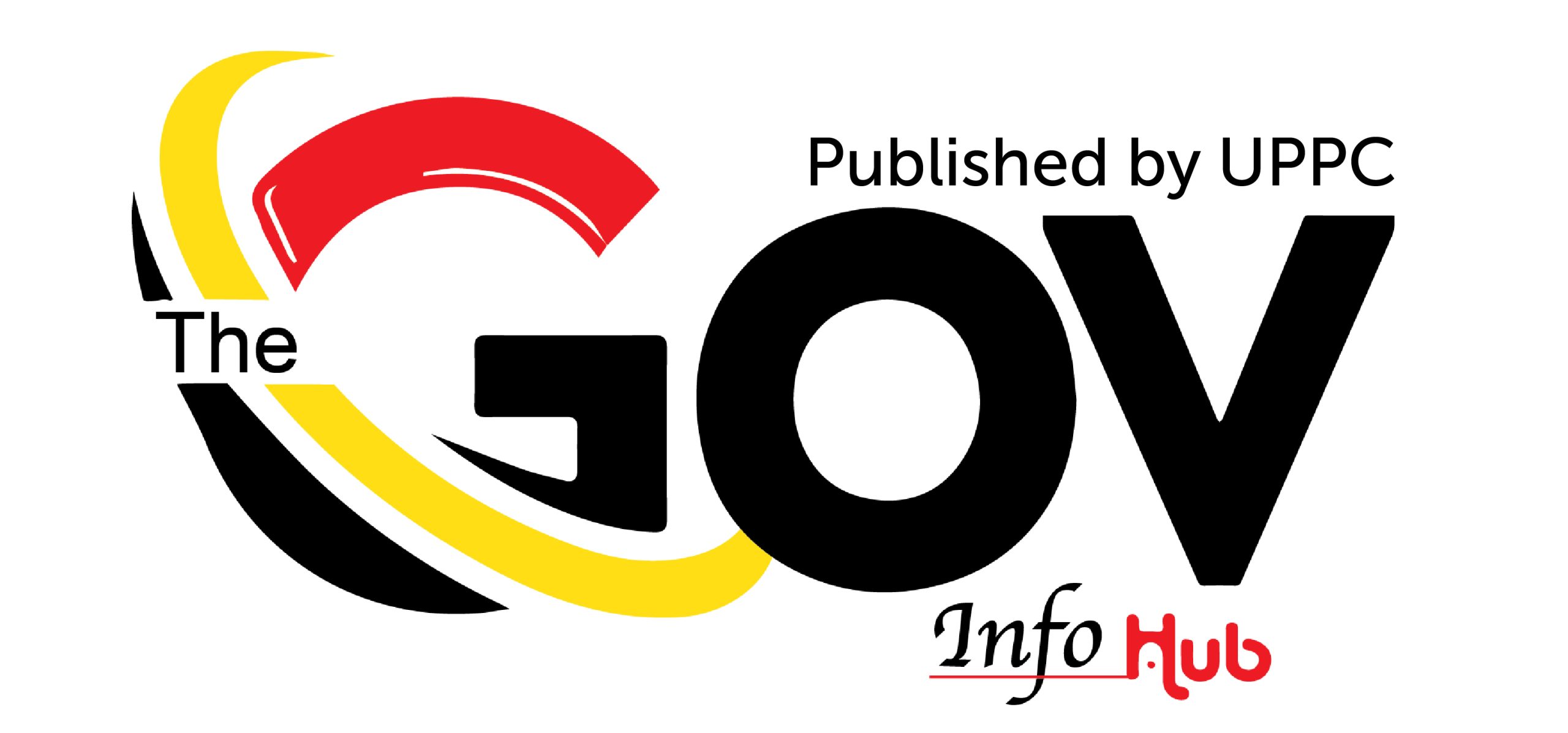The Electricity Regulatory Authority is a Statutory Body established in the year 2000, in accordance with the Electricity Act, 1999, (Chapter 145 of the Laws of Uganda) to regulate the Generation, Transmission, Distribution, Sale, Export and Import of Electrical Energy in Uganda.
Mandate
ERA is mandated by the Electricity Act, 1999, to issue electricity Generation, Transmission, Distribution, Sale and Import Licenses, set License conditions and ensure compliance to License conditions by Licensees. ERA is also mandated to establish a tariff structure, approve rates of charges among other functions.
Services
Licensing. A license is a document which grants special permission to a specified company to develop and run power stations and dams specified in the license, including conditions and rules of operation.
ERA derives its powers to issue, modify or revoke licenses from the Electricity Act, Cap 145, Laws of Uganda. Under section 10 (a), (b), (c) and (d) one of the key functions of ERA is to receive and process applications for licenses for the generation, transmission, distribution sale of electricity. It also empowers ERA to prescribe conditions and terms of licenses and to modify licenses issued under the Act.
Permits
The Electricity Regulatory Authority, under Section 10 of the Electricity Act 1999, is among other functions mandated to regulate persons and entities carrying out any electrical installation works on any premises such as homes, offices, shops, industries, schools, hospitals. Such mandate ensures the safety of electricity consumers. Accordingly, under Electricity Act 1999 and the Electricity (Installation Permits) Regulations SI No 19 of 2003 electrical installation works may only be carried out by persons with the appropriate electrical worker’s permit issued by the Authority.
State of electricity
Electricity Generation
The Electricity Regulatory Authority has since its establishment presided over a steadily growing sub-Sector that has eliminated load shedding due to increased generation and accelerated Electricity Access for End-Users.
To ensure Sustainable Electricity Supply, ERA has over the years created a conducive regulatory environment and incentives aimed at diversifying the Country’s Generation Mix. Uganda’s Power Generation is mainly diversified across Four (4) different sources as follows: –
Hydro – 1,023.59 MW
Thermal – 100 MW
Cogeneration – 63.9 MW
Grid-connected Solar – 60 MW
Uganda’s Electricity sub-Sector has grown from Three (3) Generation Plants in 2001 to over 40 Plants and is still growing. The Total Installed Generation Capacity has grown from 60 MW in 1954, 400 MW in 2000 to 1237.49 MW as of October 2020. This capacity was expected to rise to 1837.49 MW by mid-2021.
Electricity Transmission
Uganda’s Electricity Transmission is managed by the single operator of the Transmission System – the Uganda Electricity Transmission Company Ltd (UETCL) (https://www.uetcl.com/), which directly executes Power Purchase Agreements with Independent Power Producers and manages the scheduling and actual dispatching of Power Plants.
The Uganda Electricity Transmission Company Ltd holds a Licenses for the operation of the High Voltage Transmission Grid, the System Operator License, the Export and Import of Electricity License, and the Bulk Supply License.
Electricity Distribution
Because of a conducive regulatory environment created by ERA, a remarkable improvement in the Distribution of Electricity in Uganda has been realized. Energy Losses have been reduced from over 30% at liberalization to 16% in 2020. The Access to Clean Energy rate has also increased and the legally Grid-Connected Customer Base has grown from approximately 180,000 Customers in 2001 to 1,643,288 in 2020, including Off-Grid Customers.
As a way of growing Access to Clean Energy across the Country, ERA has licensed several Electricity Distribution Operators across the Country to serve the hitherto unserved and predominantly rural community. The number of Electricity Distribution Companies now stands at Nine (9). The Distribution Companies are: Umeme Limited, West Nile Rural Electrification Company (WENRECo), Uganda Electricity Distribution Company Limited (UEDCL), Bundibugyo Electricity Cooperative Society (BECS), Kyegegwa Rural Energy Co-operative Society (KRECS), Pader-Abim Community Multi-Purpose Electric Co-operative Society (PACMECS), Kilembe Investments Limited (KIL), Hydromax, and Kalangala Infrastructure Services Limited (KIS). These companies are operating in various regions of the Country, which has increased Access to Electricity. Access has grown from a perennial 12%-15% to 51% according to the most recent access statistics released by the Uganda Bureau of Statistics.
Future plans
In line with the government’s overarching plan, every home will have power by 2030, an extra 1.5 million residences will be connected to the grid, and the electrification rate will rise from 28 to 50 percent. It is anticipated that the country’s installed capacity will reach at least 2000 MW upon the completion of the Karuma dam. The government released the Energy Policy 2023 in October of last year (2023), with the goal of facilitating socioeconomic development by increasing access to power for residences, commercial buildings, industrial parks, and refugee/host communities. This policy is in line with Uganda’s Vision 2040.

